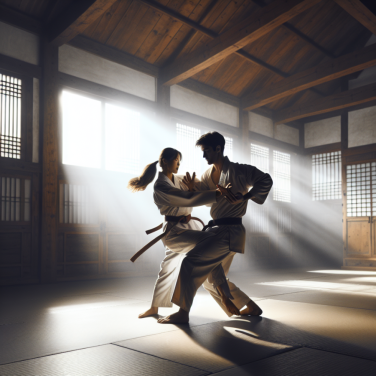A Comprehensive Look at the Cost Range of Different Types of Golf Clubs
When it comes to selecting golf clubs, many factors play a vital role. Brand, design, materials, and technology all contribute to their price. Let's take a comprehensive look at how much different types of golf clubs typically cost.
Drivers
Drivers are the most expensive type of golf club because they utilize the highest level of technology and materials. A driver's price can range from around $100 for a basic model to over a thousand for a high-end version. Depending on the brand, this club's cost fluctuates. For example, brands like Titleist and TaylorMade have drivers ranging from $400-$600 on average. However, opting for a custom-fit driver can increase the price to over a thousand dollars.
Fairway Woods
Fairway woods come second to drivers in terms of price. The cost for these clubs could range from $150 for an entry-level to over $500 for advanced models. Renowned brands such as Callaway and Cobra price their fairway woods between $200 and $300.
Hybrids
Hybrids have gained popularity over the years because they are easier to hit than long irons and fairway woods. These clubs typically range from $100 for basic versions to $400 for high-end models. Most leading companies price their hybrids from $150 to $250.
Irons
Irons usually come in sets ranging from six to eight clubs, making their combined price seem high. The price can range from $200 for a beginner set of irons to over $1500 for premium models. Average sets from well-known brands like Mizuno and Ping often fall in the $700-$900 range. Forged irons, which appeal to skilled players, are typically priced higher due to their high-quality materials and craft.
Wedges
Wedges are typically less costly than other types of golf clubs. These clubs are key for short games and often cost between $75 and $150. Rare limited-edition models or those used by professional players can cost upwards of $200.
Putters
Putters vary widely in price depending on their design, technology, and the brand. An off-the-rack putter can cost as little as $60, while a high-tech version or a popular brand like Scotty Cameron can set you back upwards of $400.
Ultimately, golf club costs significantly vary based on several factors including the type of club, the materials used, the brand, and the level of customization.
Read also:
The Origin Story: Unveiling How Golf Was Invented
Understanding the Various Factors Impacting the Price of Golf Clubs
The key determinant of the cost of golf clubs lies in several factors, ranging from the type of clubs, the materials used, the brand reputation, technology and innovation, customization options, and even the marketing and distribution costs.
Beginning with the type of clubs, there are drivers, irons, putters, fairway woods, and hybrids, all of which come with different price tags. Drivers, which are typically made from expensive materials such as titanium and carbon fiber, are usually the priciest of all clubs. Irons, on the other hand, are generally cheaper as they're made from more affordable materials like steel. Hybrids, fairway woods, and putters fall somewhere in between when it comes to pricing.
The material used in the manufacturing process plays a significant role in the overall cost of the golf club. High-end materials like titanium, carbon fiber, and premium stainless steel tend to raise the price of the clubs due to their durability and performance-enhancing properties. On the contrary, cheaper materials like zinc alloys and basic steel may bring down the cost significantly, but often at the expense of performance and durability.
When it comes to the golfing world, brand reputation and prominence also have a considerable impact on the pricing. Top manufacturers like Callaway, TaylorMade, and Titleist charge a premium for their golf equipment due to their established reputation for quality and cutting-edge technology. These companies have invested heavily in research and development to produce top-tier clubs, and this is reflected in their pricing.
Technological innovation and design also contribute to the cost of golf clubs. The more sophisticated the technology applied in the design and manufacture of a golf club, the higher the cost. For example, clubs that incorporate adjustable weighting systems, advanced flex characteristics, or aerodynamic principles can all command higher prices due to the complex production processes and technologies.
Customization is another factor that can significantly affect the price of golf clubs. Custom-fitted clubs designed to match an individual's swing characteristics and physique tend to cost more than off-the-rack clubs. The process of custom fitting involves expert analysis and measurements, adding to the overall cost.
Last but not least, marketing and distribution costs can influence the final price of the golf clubs. This includes advertising costs, endorsements from professional players, and distribution costs to retailers or direct to consumers. These costs often get passed down the line to the end consumer.




